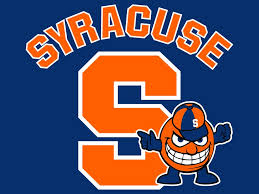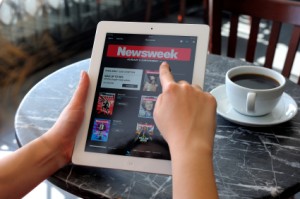 In honor of 2015 here are 15 insights about what producers, editors and reporters consider when deciding what stories to cover or experts to interview. Check out this recent ProfNet article, Pitching Resolutions: What Reporters Want in 2015 which highlights key tips from reporters working at ABC, Bloomberg, Forbes, Fox and TIME and our list below for building productive working relationships with the media this year.
In honor of 2015 here are 15 insights about what producers, editors and reporters consider when deciding what stories to cover or experts to interview. Check out this recent ProfNet article, Pitching Resolutions: What Reporters Want in 2015 which highlights key tips from reporters working at ABC, Bloomberg, Forbes, Fox and TIME and our list below for building productive working relationships with the media this year.
Keep it Brief and Targeted – Get to the point up front. Do your research. Become familiar with the news outlets and the journalists’ beats before making a pitch.
Offer Up Interesting, Credible Sources – A guest on a TV or radio program must be articulate, personable and enthusiastic in addition to being knowledgeable about the subject matter.
Recommend the Best Expert for the Interview – Designate different experts as media spokespeople to increase your chances of getting coverage according to their expertise, role at the company or their availability.
Respond Quickly – Once a reporter decides to do the story or interview you’ve pitched, confirm the details and get the reporter what they need as quickly as possible.
Meet Deadlines – Journalists will often use a source who is not only appropriate but meets their deadlines. Make it a habit to be deadline-sensitive so the source will be remembered for the next opportunity when he/she is a good fit.
Be Flexible – Sometimes, a producer/reporter/blogger may have to change the date or time of an interview due to unforseen circumstances or a major news event. Accept changes graciously and be willing to reschedule the interview.
Provide More Information for Follow-ups – The source should be available and able to answer additional questions if necessary as the story is fine-tuned.
Support a Trend, Timely Event or Newsworthy Occurrence – Craft your pitch to align with a popular trend or offer an expert who can weigh-in on a current news event to grab a reporter’s attention.
Send Suggested Interview Questions – Send the reporter a few questions before the interview which the expert can discuss. The reporter is likely to add his or her own questions but it provides a starting point for the discussion. The reporter may also send you the kinds of questions they would like to ask the source in advance.
Prepare for Interviews in Advance – Nothing is worse than a spokesperson who is dull or not prepared. Preparing for and practicing before an interview is very important. Media training can help to prepare guests for interviews.
Make Videos, Photos available – Photos and videos help make interviews or stories more interesting and shareable. Have good quality ones on hand in case they are requested.
Take “Not Interested” as a Legitimate Answer – Accept “no”, don’t nag and try again.
Don’t Harp on The Run Date – Unless it is a LIVE interview (then you know it ran) be patient about the run date. A print publication may have a 6-month lead time. Follow-up if a reasonable amount of time has passed.
Don’t Suggest a Topic Just covered – If a reporter recently covered a particular topic chances are they will not cover it again in the near future so don’t pitch it. Think about another angle or topic that is on target.
Invite Journalists to an Informal “Meet & Greet” – Consider organizing a breakfast, lunch or early evening wine/cheese gathering for reporters to stop by and meet potential sources. Then they may reach out in the future.
Please add any other tips in the comment section and have a Happy New Year!


